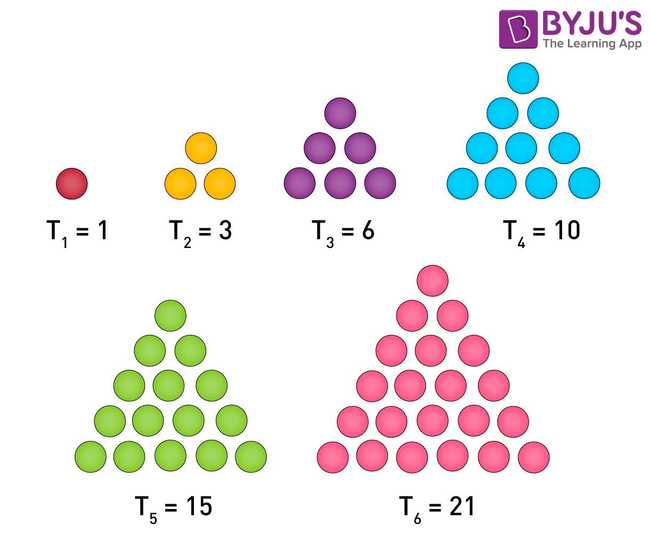Math Concepts
April 11, 2021- https://byjus.com/maths - great basic math explanations
Cartesian Product
Multiply two sets to get set of all ordered pairs.
https://www.mathstopia.net/sets/cartesian-product
Combinations and Permutations
https://www.mathsisfun.com/combinatorics/combinations-permutations.html
How many ways can you choose k items from n items without repetition and without order?
https://www.hackmath.net/en/calculator/n-choose-k?n=12&k=2&order=0&repeat=0
n choose k
Triangle Numbers
https://en.wikipedia.org/wiki/Triangular_number
1,3,6,10...
n * n-1 / 2
Pascal's Triangle
https://www.mathsisfun.com/pascals-triangle.html
Kabsch-Umeyama Algorithm
https://zpl.fi/aligning-point-patterns-with-kabsch-umeyama-algorithm/
Used to find optimal translations, rotation and scaling. Example used is aligning the big dipper and little dipper. This works amazingly well. Very easy python example, golang required gonum.
Manhattan Distance
he distance between two points is the sum of the absolute differences of their Cartesian coordinates -- https://en.wikipedia.org/wiki/Taxicab_geometry
Used to quantify distance between points. In 3d it would be:
pointA = [1105,-1205,1229]
pointB = [-92,-2380,-20]
|(1105 + -92)| + |(-1205 + -2380)| + |(1229 + -20)| = 3621
Lagrange Interpolation
The Lagrange interpolation formula is a way to find a polynomial, called Lagrange polynomial, that takes on certain values at arbitrary points. Lagrange’s interpolation is an Nth degree polynomial approximation to f(x). Let us understand Lagrange interpolation formula using solved examples in the upcoming sections.
Given n distinct real values $x_1, x_2,...,x_n$ and n real values $y_1, y_2,...,y_n$ (not necessarily distinct), there is a unique polynomial P with real coefficients satisfying $P \left(x_i\right) = Y_i$ for $i \in {1, 2, …, n}$, such that $deg\left(P\right) < n$. Lagrange interpolation formula for different order of polynomials is given as,
$f\left(x\right)=f\left(x_0\right) + \left(x - x_0\right)\left(\frac{f\left(x_0\right)-f\left(x_1\right)}{x_0-x_1}\right)$
simplified:
$f\left(x\right) = \frac{\left(x - x_1\right)}{\left(x_0 - x_1\right)}f_0 + \frac{\left(x - x_0\right)}{\left(x_1 - x_0\right)}f_1$
